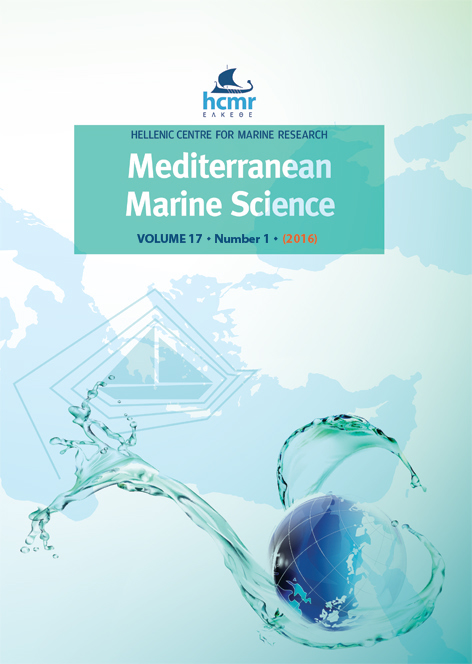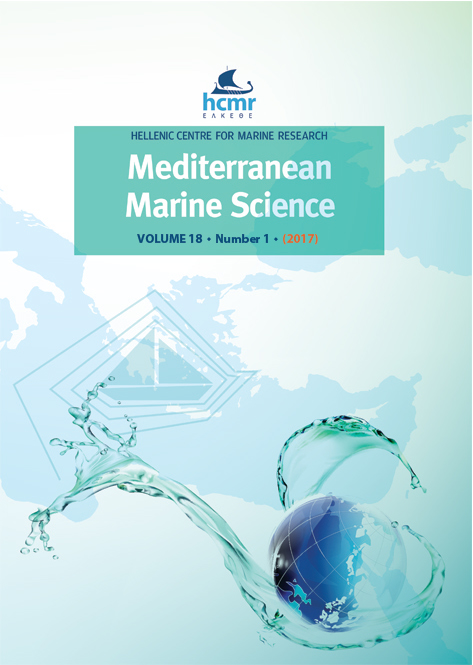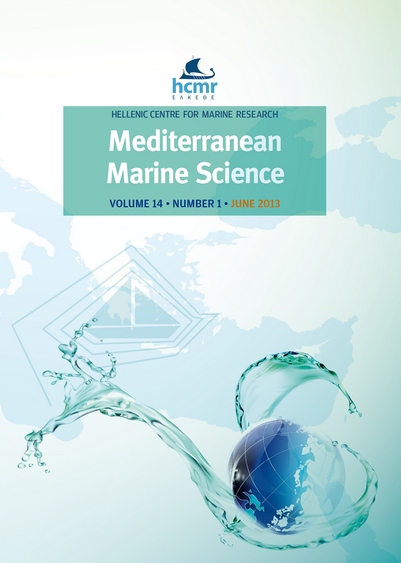Meiofaunal diversityand nematode assemblages in two submarine caves of a mediterranean marine protected area

Abstract
Submarine caves are environments of great ecological interest because of the occurrence of peculiar conditions, such as the attenuation of light and reduced water turnover, which can determine oligotrophic conditions from the entrance to the interior part of the cave. These environmental gradients may influence the distribution of the communities inhabiting submarine caves. In this study we investigated the meiofaunal community and nematode assemblages from the sediments inside and outside two submarine caves in Ustica Island Marine Protected Area (southwest Italy): Grotta Falconiera and Grotta dei Gamberi. Consistently with a general pattern of distribution reported by several studies on benthic organisms, our results showed a decrease in the abundance and changes in the taxa composition of the meiofaunal community along the exterior-interior axis of the caves, also highlighting the dissimilarity between the dark and semi-dark communities. We found a significant influence of the availability of organic matter (i.e. phytopigment concentrations) on the distribution and composition of both the meiofauna and the nematode community inside the caves. Different nematode assemblages characterized the inside and the outside of the two caves, with species occurring exclusively in the sediment of both caves, particularly in the dark portions, and completely absent in the external sediments. Environmental features of submarine caves may affect food resources inside the caves and consequently trophic nematode assemblages. Our results showed a difference in feeding strategies between nematodes inhabiting the caves and those living outside, suggesting that in the two caves investigated, bacteria might represent the most important food source for nematodes.
Article Details
- How to Cite
-
APE, F., ARIGO, C., GRISTINA, M., GENOVESE, L., Di FRANCO, A., Di LORENZO, M., BAIATA, P., AGLIERI, G., MILISENDA, G., & MIRTO, S. (2015). Meiofaunal diversityand nematode assemblages in two submarine caves of a mediterranean marine protected area. Mediterranean Marine Science, 17(1), 202–215. https://doi.org/10.12681/mms.1375
- Issue
- Vol. 17 No. 1 (2016)
- Section
- Research Article
Authors who publish with this journal agree to the following terms:
- Authors retain copyright and grant the journal right of first publication with the work simultaneously licensed under a Creative Commons Attribution Non-Commercial License that allows others to share the work with an acknowledgement of the work's authorship and initial publication in this journal.
- Authors are able to enter into separate, additional contractual arrangements for the non-exclusive distribution of the journal's published version of the work (e.g. post it to an institutional repository or publish it in a book), with an acknowledgement of its initial publication in this journal.
- Authors are permitted and encouraged to post their work online (preferably in institutional repositories or on their website) prior to and during the submission process, as it can lead to productive exchanges, as well as earlier and greater citation of published work (See The Effect of Open Access).








